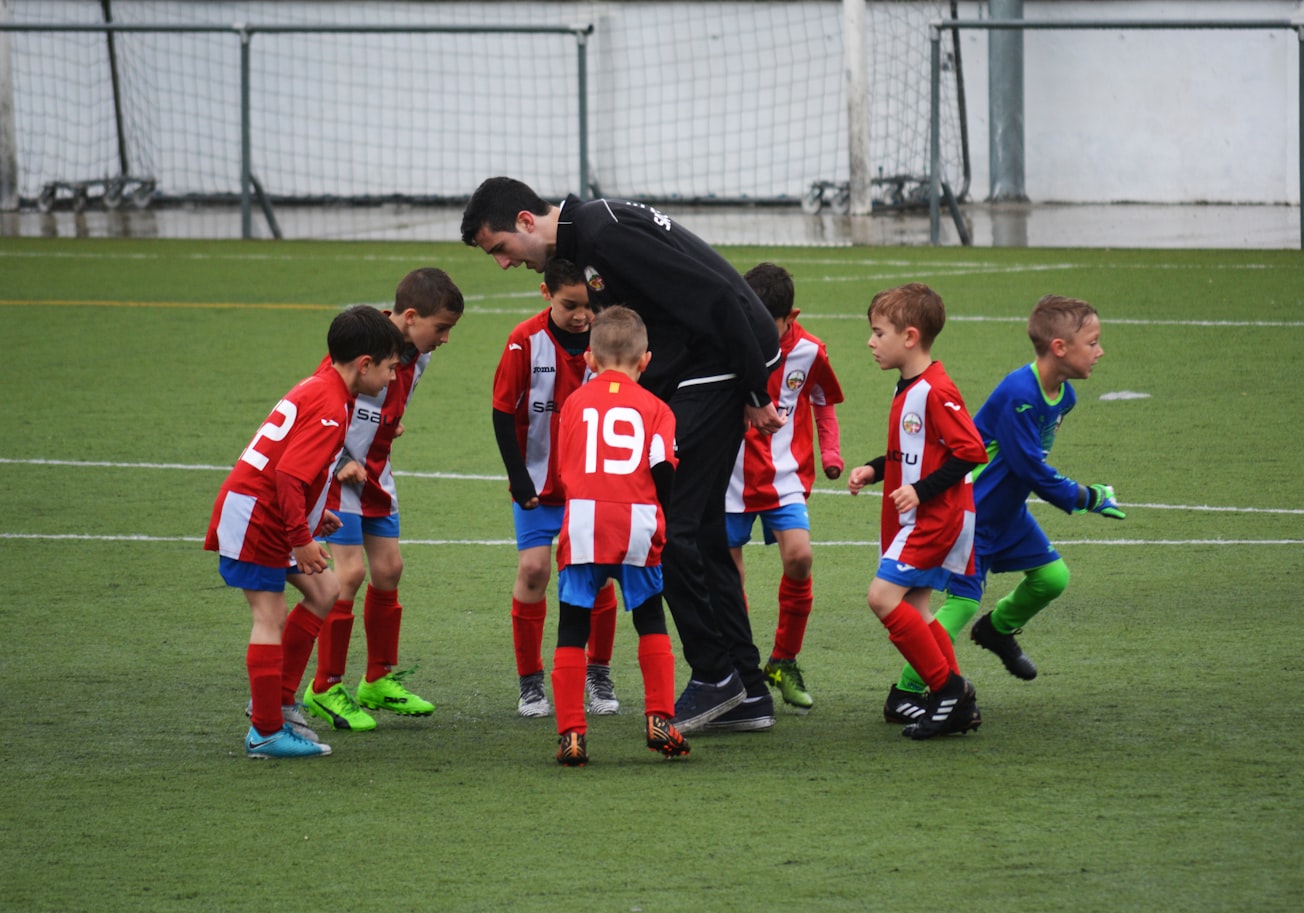What is it about?
When elite male rugby union and football athletes retire from competitive play, many of them over recent years then become coaches within youth academies. Within the UK, where this study was conducted, such coaches are now expected to hold appropriate levels of coaching qualifications that are set by the respective sports governing bodies. Perhaps running counter to this is the perceived 'fast-tracking' of elite athletes into post athletic coaching roles where former players without these qualifications are appointed as academy coaches. Therefore, this study interviewed academy directors who are responsible for recruiting and appointing coaching staff to ask why former elite athletes, with or without these coaching qualifications are considered favourable candidates for academy coaching roles, and also how they as academy directors helped support their learning. Using the sociological framework devised by Michel Foucault, the results explain the power dynamics for how former elite athletes entering the academy environment are encouraged to coach in a way that is foreseen to represent the club.
Featured Image

Photo by Adrià Crehuet Cano on Unsplash
Why is it important?
The research identified new yet subtle methods of coach learning form an influential group who have not been sampled until this point. The preference for academy directors to target the recruitment of former elite athletes who had previously played for the senior team of the academy was revealing for a number of reasons. As such, the study aids the understanding of coach learning and education. In turn, this research also helps the enhancement of coach education structures by recognising what academy directors wanted from any incoming coach in their respective academies and the perceived lack of value attributed to coach qualifications.
Read the Original
This page is a summary of: “They have to toe the line”: a Foucauldian analysis of the socialisation of former elite athletes into academy coaching roles, Sports Coaching Review, February 2018, Taylor & Francis,
DOI: 10.1080/21640629.2018.1436502.
You can read the full text:
Contributors
The following have contributed to this page







